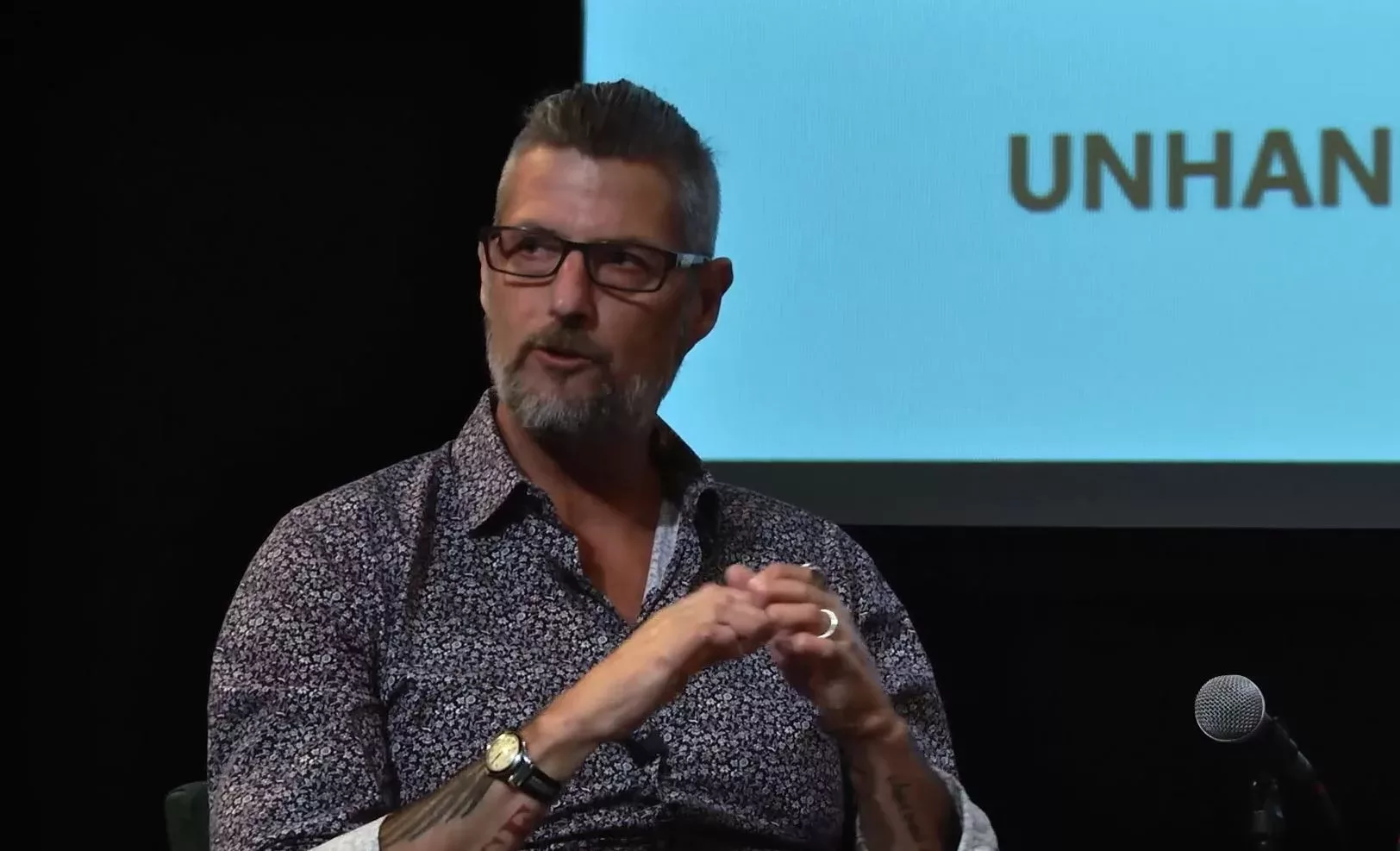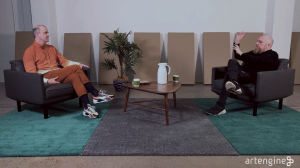James Hayes delves into the intricate relationship between architecture, technology, and the concept of making. Identifying himself primarily as an architect, Hayes emphasizes the unique perspective from which he critiques and analyzes technological advancements in architecture. Throughout his talk, he explores the notion of “translation” as a fundamental aspect of architectural processes, drawing inspiration from Robin Evans’s essay on how architectural ideas transition from drawings to physical structures.
Hayes elaborates on the multiple translations that occur within architectural practice—from sketches to digital models and from detailed plans to built environments. He critically analyzes the enthusiasm around digital fabrication technologies like 3D printing, cautioning against viewing them as straightforward, one-to-one solutions for building construction. Instead, he highlights the often overlooked complexities and the potential for “lost in translation” moments where initial designs undergo significant alterations before realization.
Addressing the educational implications, Hayes expresses concerns about architecture students who might graduate with an oversimplified understanding of building processes due to the deceptive ease of digital tools. He underscores the importance of understanding the nuances and the layered realities of architectural production, advocating for a more profound engagement with the materials, processes, and collaborative practices that define the field. Through his critique, Hayes invites a reevaluation of how emerging technologies are integrated into architectural education and practice, suggesting a more critical and nuanced approach to preparing the next generation of architects.
This presentation was part of the symposium Unhanded. In this panel we ask about the variety of new relationships with materials that emerging with the increasing ubiquitousness of digital technologies. With the increased complexity of tools we wonder how do we learn about materials? How do we get to know them? How do we share this knowledge? We can now know the molecular structure of wood or metal without touching it. Is this a more intimate relationship than working directly with our hands? Does it matter? If the objects coming out of digital and mechanical processes are more removed from our handywork, how might they carry the mark of the machine? Should we be able to read the machine in the material?
James Hayes James is a PhD candidate at the Azrieli School of Architecture and Urbanism and a researcher at the Carleton immersive Media Studio. His research focuses on coupling digitization technologies such as laser scanning and photogrammetry with digital fabrication technologies like 3D printing, CNC routing and robotic milling. Most recently he became a founding partner of If Then Architecture Inc., a firm that aims to leverage the power of digital technologies in the realization of architecture. James is also a sessional lecturer at Carleton University and has worked in architectural practice in Ottawa and Dublin, Ireland. He holds a B.Sc. in Architecture from Lawrence Technological University, and an M.Arch. from Carleton University.
I think the main difference between architectural making and just kind of making in general and there's many different forms of making is that the idea that there is translations from drawing to building.

This discussion brings together artist, scholar and Director of Creating Knowing and Sharing: The Arts and Cultures of First Nations at the Canada Council for the Arts, Steven Loft; craft historian Sandra Alfoldy; architect Tom Bessai; and fashion designer, Valerie Lamontagne, to consider the way we talk about making.

In this conversation Tim Maughan chats with us about digital infrastructure, the role of organized labour in the creative landscape, and the DEL project Artwork_Local404. Join us, as we discuss technology and capitalism, the benefits of organizing, and what form collective action might take. Maughan also talks about how we need to rethink many of the platforms of tools of the digital world as public infrastructure: this may change how we understand what the government could do with them.